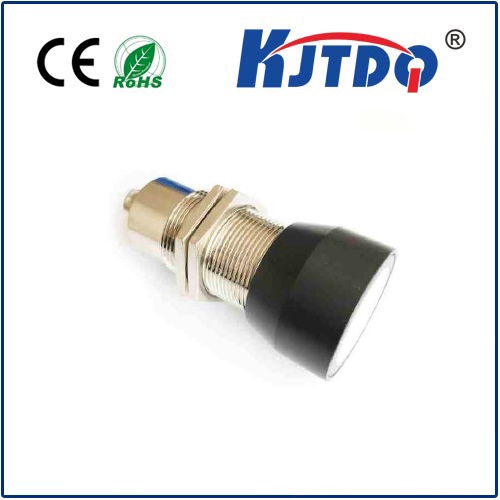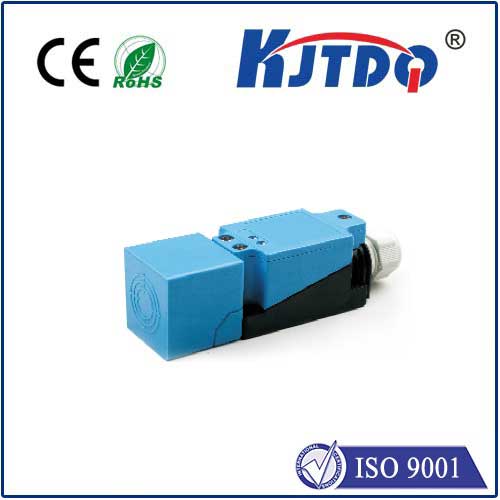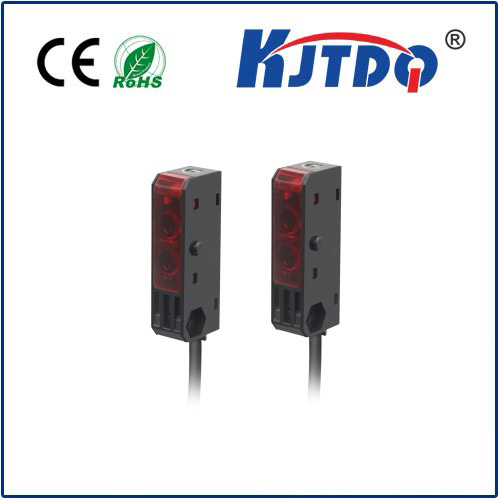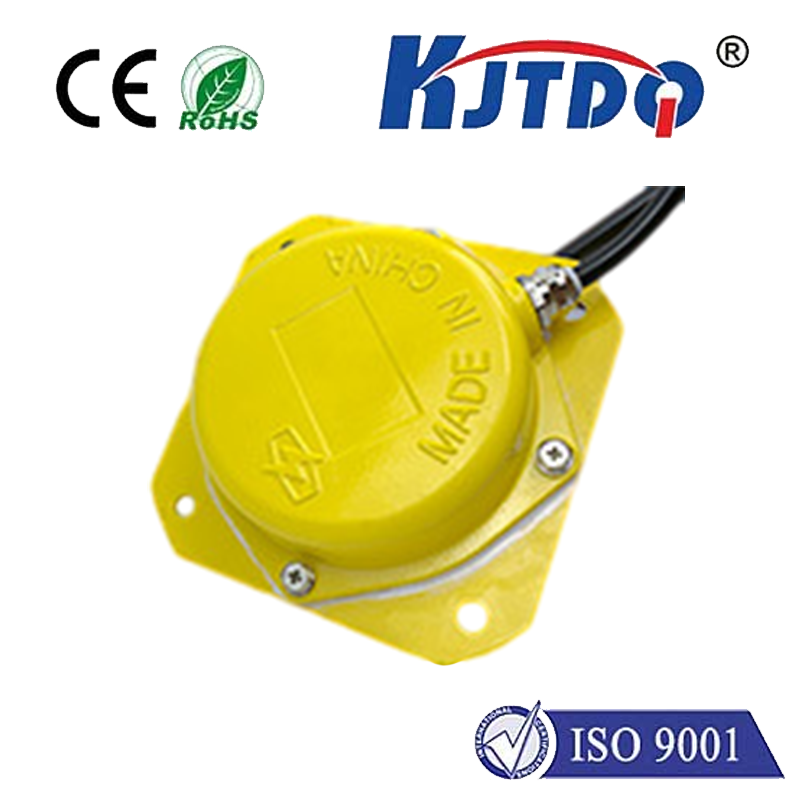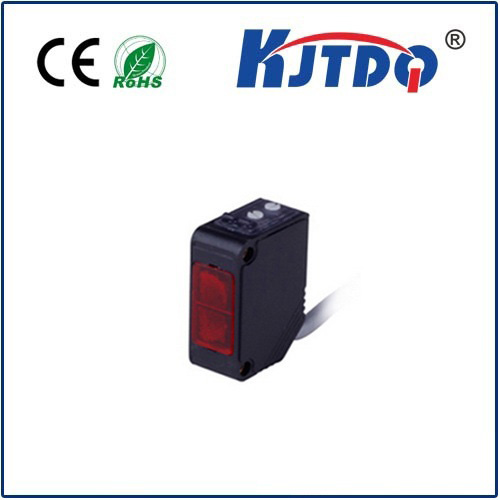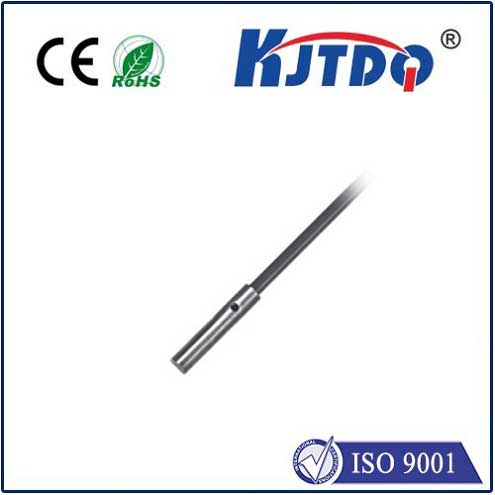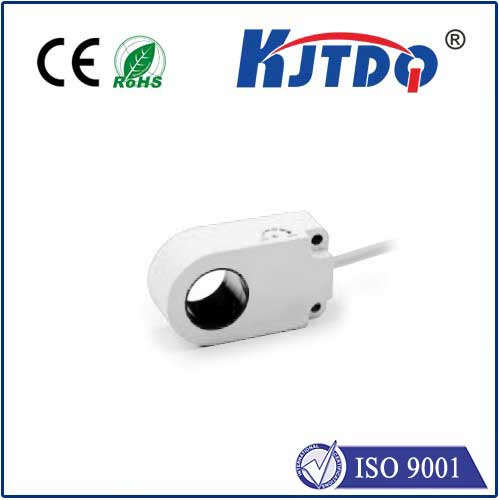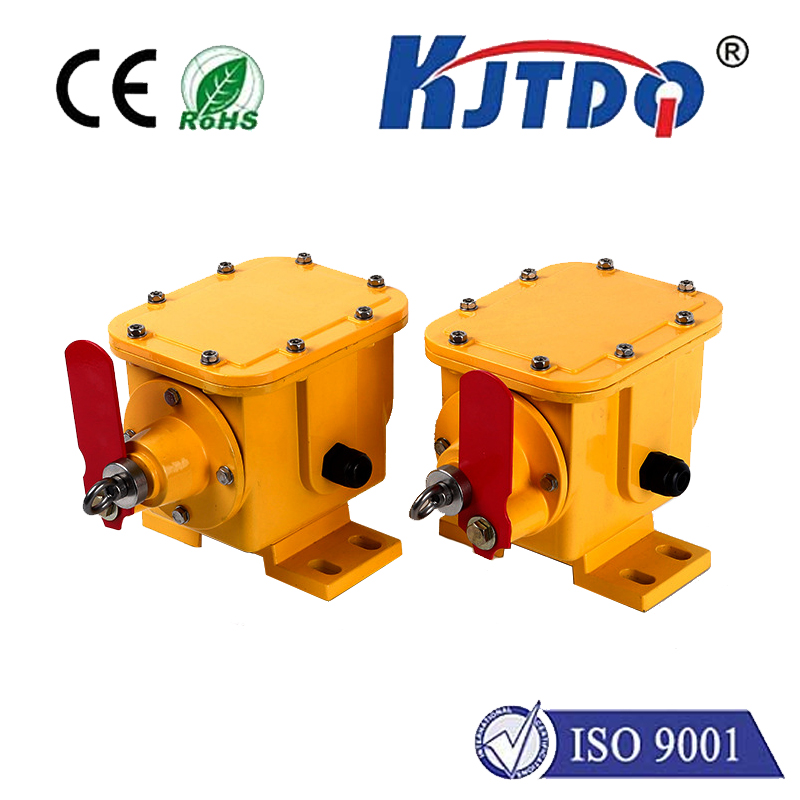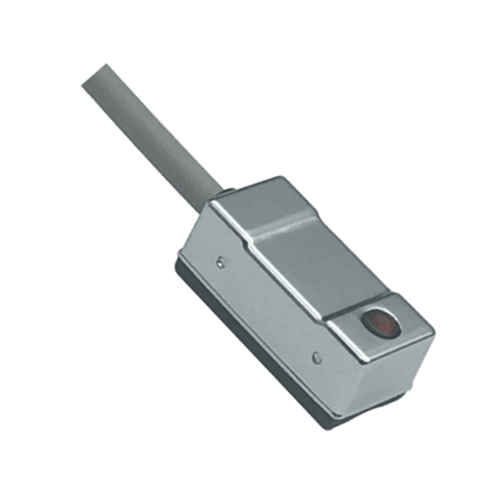

check

check

check

check

check

check

check

check

check

check
Title: Unlocking the Power of Linear Actuators with Adjustable Limit Switches
Introduction
Linear actuators are a versatile and essential component in various applications, from robotics to automation. They allow for precise motion control and can be customized to suit specific needs. One key feature that enhances their capabilities is the use of adjustable limit switches, which provide additional safety and flexibility. In this article, we will explore the benefits of linear actuators with adjustable limit switches and how they contribute to efficient and reliable performance.
Section 1: What are Linear Actuators?
Linear actuators are mechanical devices that convert linear force into angular or linear motion. They consist of a shaft, a spring, and a mechanism that allows for movement in one direction only. Linear actuators come in various shapes and sizes, such as cylinders, rods, and tubes, and can be operated using different methods, such as hydraulic pressure, electric motor, or pneumatic power. The choice of actuator depends on factors such as speed, accuracy, force capacity, and environmental conditions.
Section 2: The Importance of Limit Switches
Limit switches are safety mechanisms that prevent linear actuators from moving beyond their programmed range. They are typically installed at the end or beginning of the actuator's stroke and detect when the actuator has reached its destination or reversed direction. When the switch is triggered, it sends a signal to the control system, which can either stop or reverse the actuator's motion. Limit switches are essential for preventing damage to materials or equipment and ensuring operator safety in automated systems.
Section 3: The Advantages of Adjustable Limit Switches
Adjustable limit switches offer several advantages over traditional ones. First, they allow for more precise positioning and control of linear actuators. By adjusting the position of the switch relative to the actuator's axis, it is possible to fine-tune the range of motion and achieve greater accuracy. Second, adjustable limit switches can accommodate different actuator configurations and lengths without requiring any modifications. This makes them more adaptable to a wide range of applications and reduces the need for specialized parts or assemblies. Finally, adjustable limit switches can improve operational efficiency by reducing downtime due to malfunctions or incorrect programming. If the switch is positioned too close or too far from the actuator's axis, it may interfere with motion or cause damage. By allowing for easy adjustments, adjustable limit switches ensure optimal performance and longevity.
Section 4: Applications of Linear Actuators with Adjustable Limit Switches
Linear actuators with adjustable limit switches find numerous applications in industrial and commercial settings. Some examples include:
* Assembly line automation: Linear actuators can be used to move components into place quickly and accurately, improving production efficiency and quality control.
* Material handling: In warehouses and distribution centers, linear actuators can lift and transport heavy loads with minimal effort and safety hazards.
* Medical equipment: Linear actuators are used in surgical procedures, such as implantation or excision, where precision and control are critical.
* Automotive industry: Linear actuators are used in various functions within automobiles, such as power windows, door locks, and steering mechanisms.
Conclusion
Linear actuators with adjustable limit switches offer significant advantages over traditional models, including improved accuracy, adaptability, and reliability. By providing additional safety features and customization options, they enhance the performance and usability of linear actuators in a wide range of applications. As technology continues to evolve, we can expect to see even more innovative solutions that leverage the power of linear actuators with adjustable limit switches
